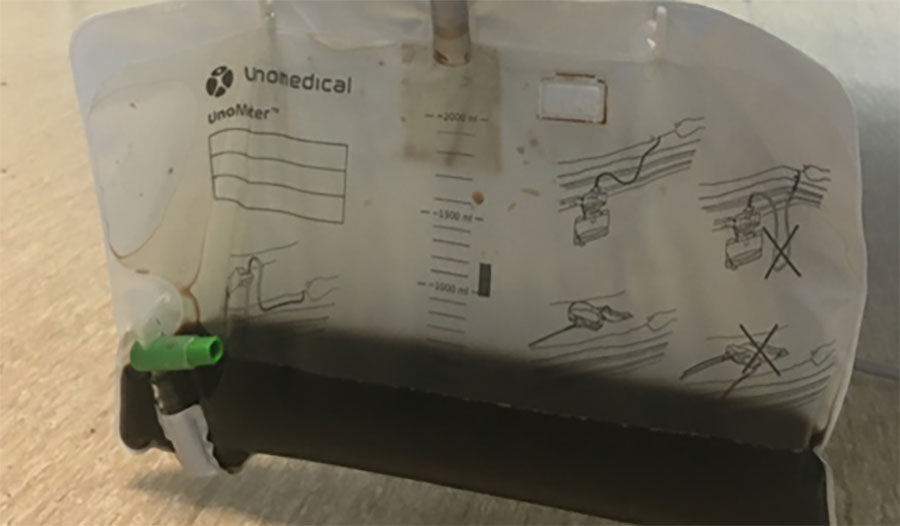Autochthonous Human Babesia divergens Infection, England
Guillermo A. Zabala, Robert Lever, Xin Hui Chan, Henrietta Bristowe, Emer Kilbride, David Richards, Mark Daly, Michael Brown, Nick Johnson, Laura Eve Nabarro, Hanif Esmail, Gauri Godbole, and Peter L. Chiodini

Author affiliations: Infectious Diseases Data Observatory, Oxford, UK (G.A. Zambala); Hospital for Tropical Diseases, University College Hospital, London, UK (G.A. Zabala, R. Lever, X.H. Chan, H. Bristowe, E. Kilbride, M. Brown, L.E. Nabarro, H. Esmail, G. Godbole, P.L. Chiodini); London School of Hygiene and Tropical Medicine, London (R. Lever, M. Brown, G. Godbole, P.L. Chodini); Centre for Tropical Medicine and Global Health, University of Oxford, Oxford (X.H Chan); North Devon District Hospital, Barnstaple, UK (D. Richards, M. Daly); Animal and Plant Health Agency, Surrey, UK (N. Johnson); Institute for Global Health and Medical Research Council Clinical Trials Unit, University College London, London (H. Esmail)
Main Article
Figure 3

Figure 3. Urometer from a case of autochthonous human Babesia divergens infection, England. Black urine can be noted in the collection bag.
Main Article
Page created: August 28, 2024
Page updated: September 23, 2024
Page reviewed: September 23, 2024
The conclusions, findings, and opinions expressed by authors contributing to this journal do not necessarily reflect the official position of the U.S. Department of Health and Human Services, the Public Health Service, the Centers for Disease Control and Prevention, or the authors' affiliated institutions. Use of trade names is for identification only and does not imply endorsement by any of the groups named above.
